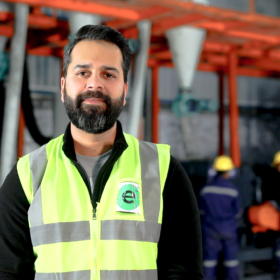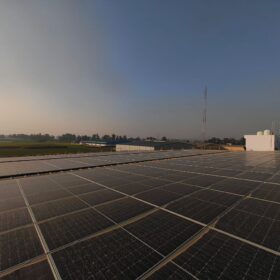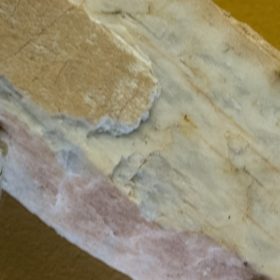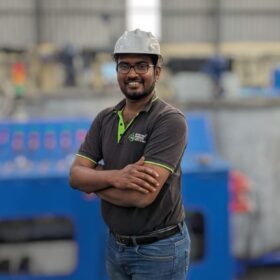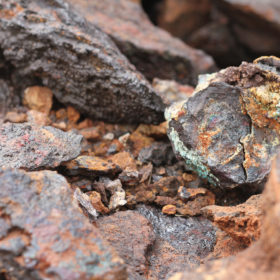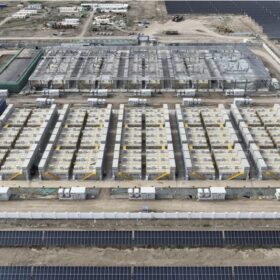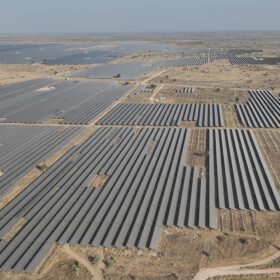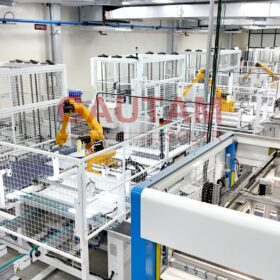India’s emerging role in EV battery recycling: Creating a circular economy
India is well-placed to advance the e-mobility circular economy in Asia against the backdrop of the fast-growing market and recycling strategies. Adopting the 5Rs—Reduce, Reuse, Repurpose, Remanufacture, and Recycle—can help in reducing resource depletion and waste.
From trash to treasure: Is India ready for battery recycling revolution?
Given the demand and the unavailability of Lithium, Nickel, Cobalt, Manganese, and Rare Earth Elements (REEs) in sufficient quantities, as a nation, we may be staring at a scenario we had with crude.
The critical role of IPPs in driving 250 GW of new energy
At a time when many countries struggle with energy nationalism and policy flip-flops, India’s independent power producer (IPP)-driven model offers a decentralised, market-based, and scalable solution to clean energy growth. Their role in catalysing 250 GW of new capacity by 2030 will be central to India’s climate pledges under the Paris Agreement and its goal of net-zero emissions by 2070.
Transforming discarded batteries into valuable resources
Rather than viewing battery recycling as waste management, it should be reframed as an economic and industrial opportunity. Advanced recycling techniques can recover up to 95% of lithium, cobalt, and nickel, reducing India’s reliance on raw material imports.
India needs to diversify its supply chain for critical minerals: IEEFA
India should invest in resource-rich, friendly nations for sourcing of critical minerals such lithium, cobalt and nickel. The nation should minimise its reliance on imports, especially from countries with a potential trade risk in the future.
The critical role of battery recycling in sustaining electronics and EV growth
While electronics and EV growth is a boon, it also underscores the need for sustainable growth and practices. Battery recycling is a key component of this sustainability, with environmental, economic and social benefits.
Stepping up critical mineral production remains crucial for India’s energy security: ICRA
Advancement in mineral processing and beneficiation technology remains critical for commercialisation of domestic critical mineral resources.
Building a circular economy for India’s self-reliance in battery materials
India is investing in facilities and infrastructure to recycle batteries and recover valuable materials like lithium, cobalt, and nickel. By doing this, we can reduce our need for new materials and minimize the environmental impact of battery production.
Spent lithium battery recycling and strategies
Nitin Gupta, CEO and co-founder of Attero (India’s largest end-to-end e-waste management and Li-ion battery recycling company), shares the prospects of lithium battery recycling in India, recycling methods in use, and approaches to make the process efficient and green.
The long read: Cobalt clings on
Cobalt is key for boosting energy density and battery life, but it comes with caveats: expensive, scarce, and linked to unethical mining practices, wild price fluctuations, and a tenuous supply chain. In recent years, battery manufacturers and automakers have intensified efforts to reduce or eliminate cobalt in lithium-ion cathodes. But sometimes, old habits die hard, as pv magazine’s Marija Maisch explains.

